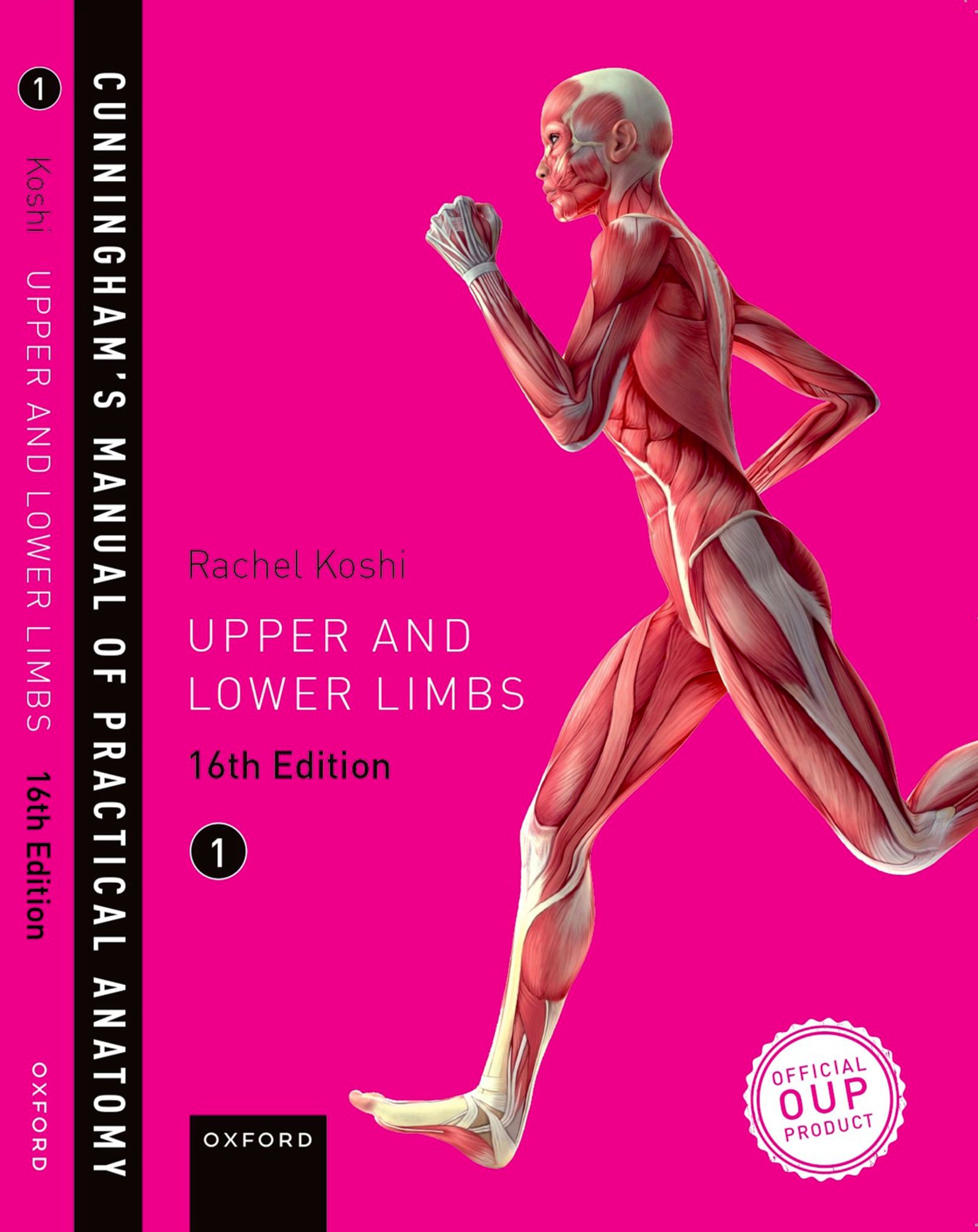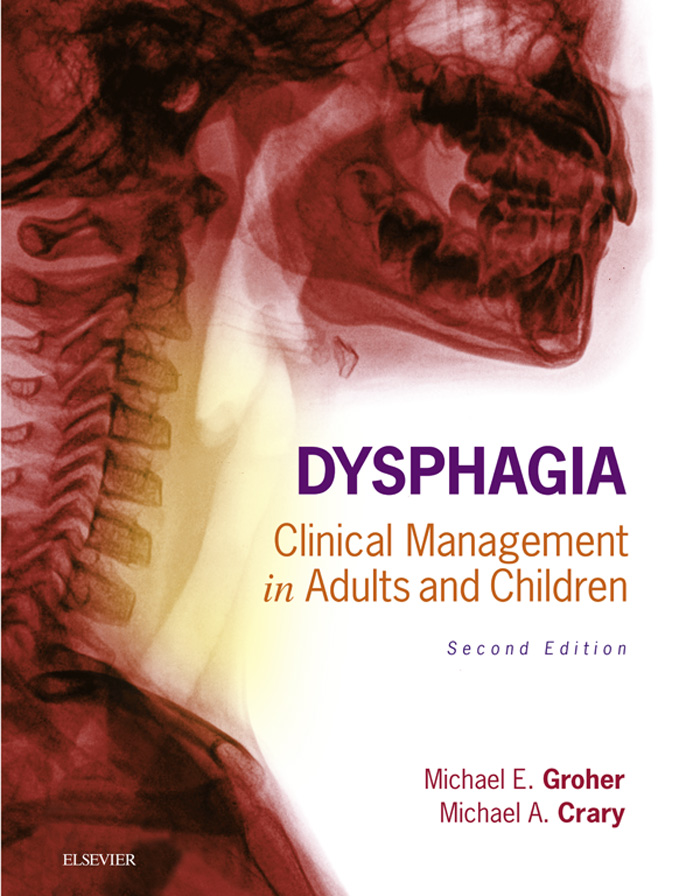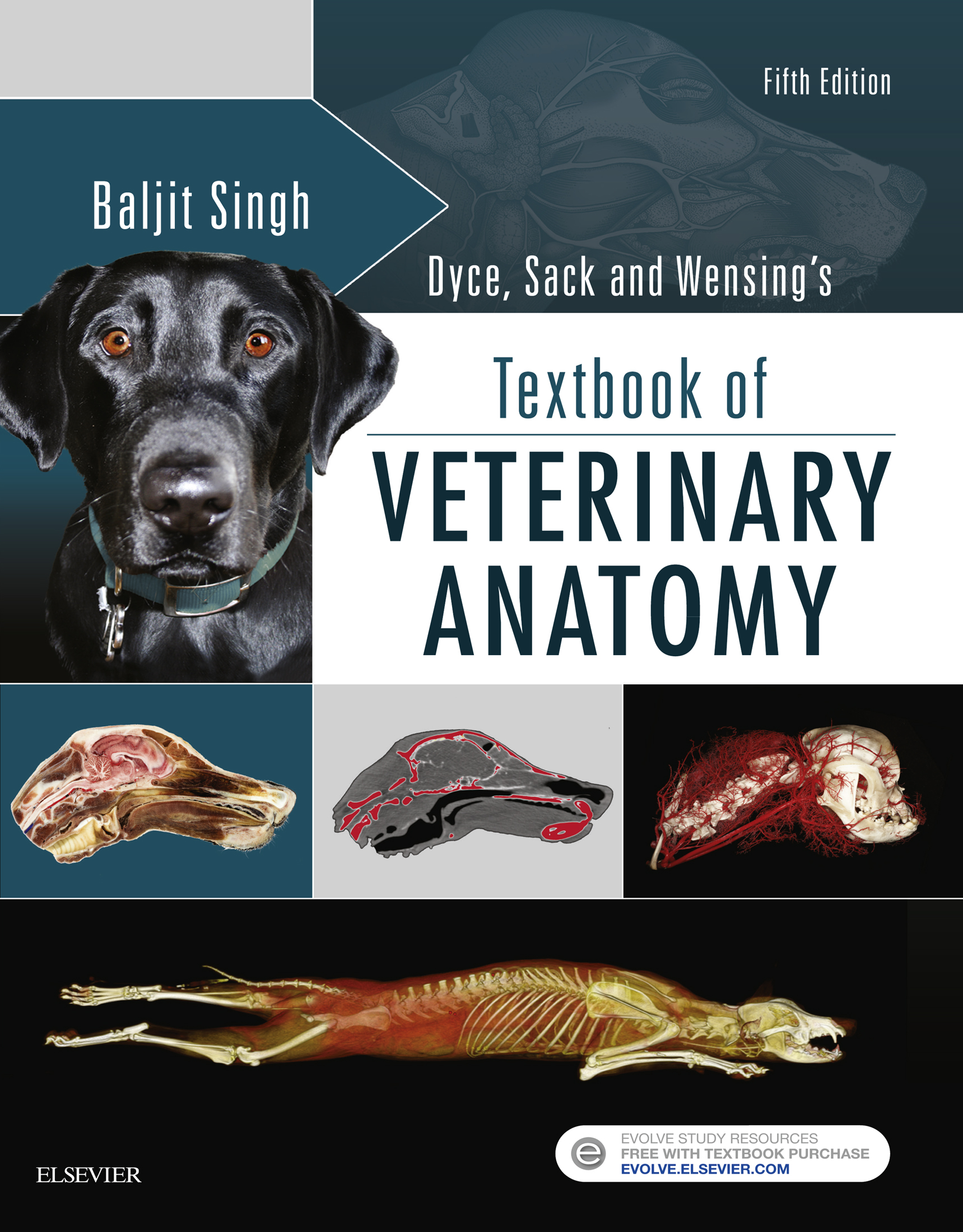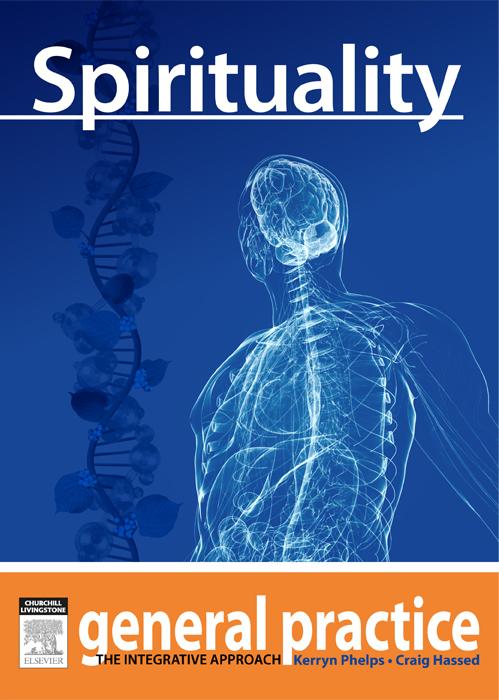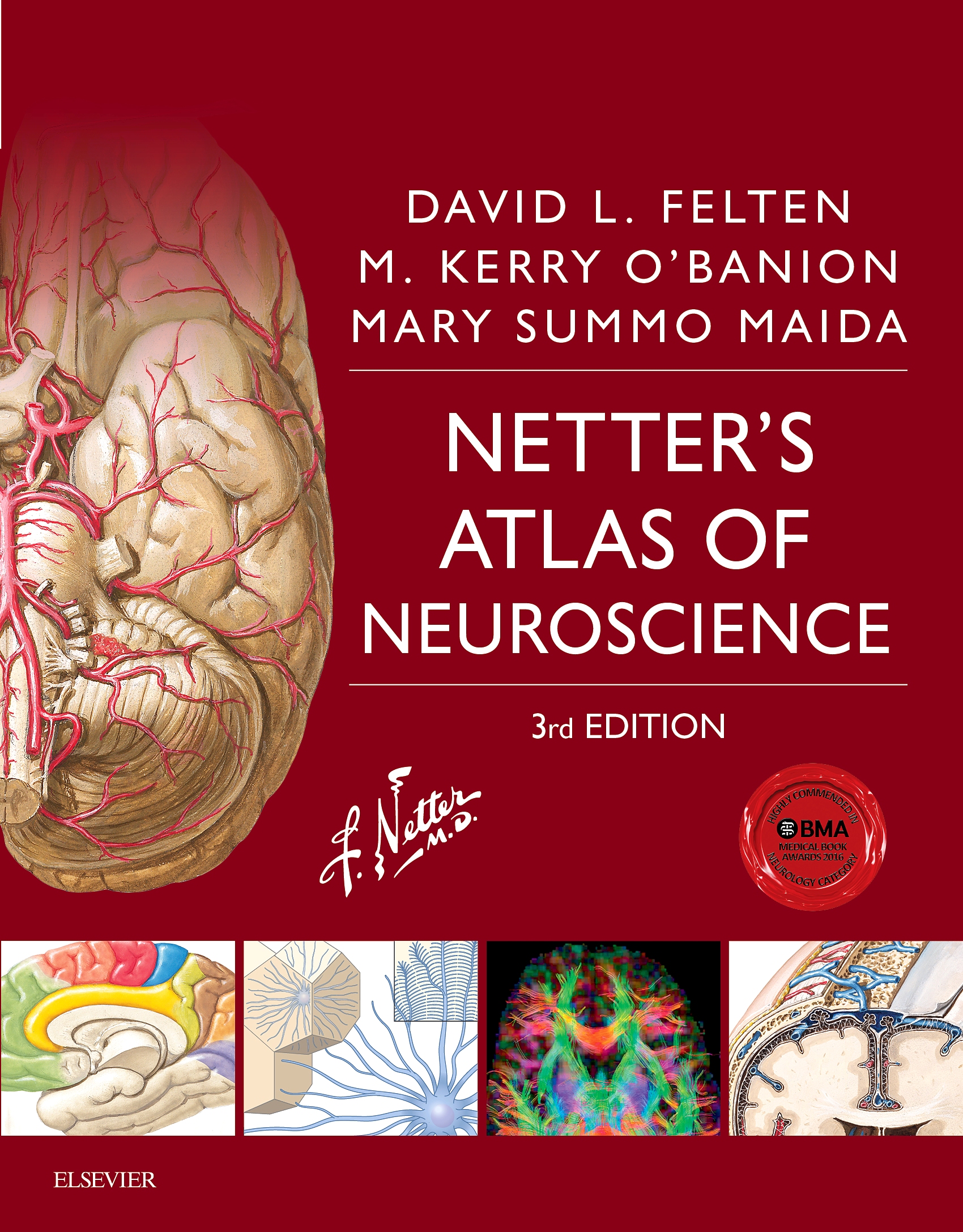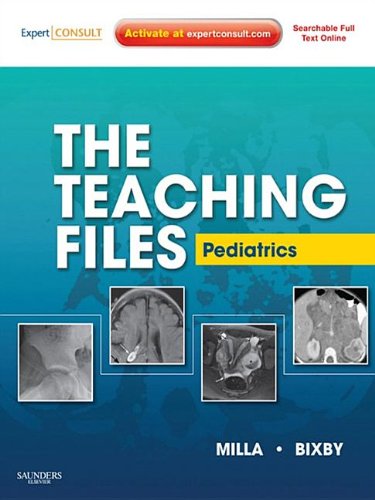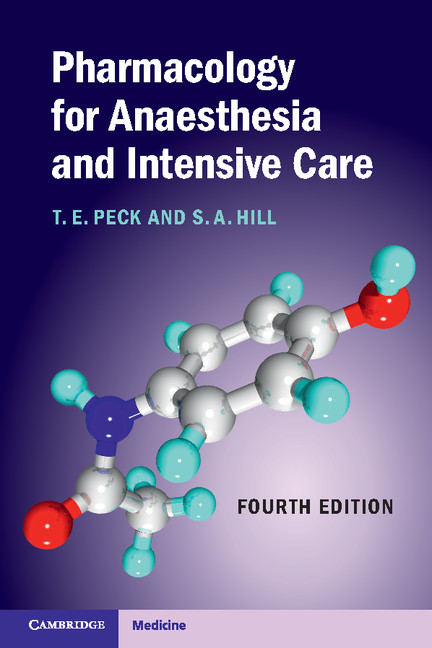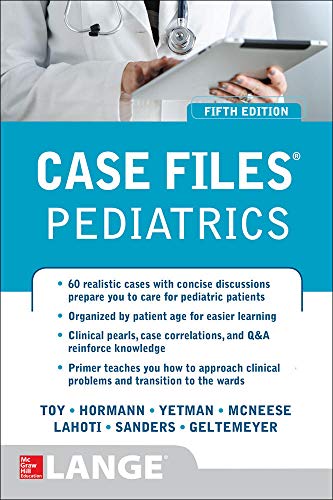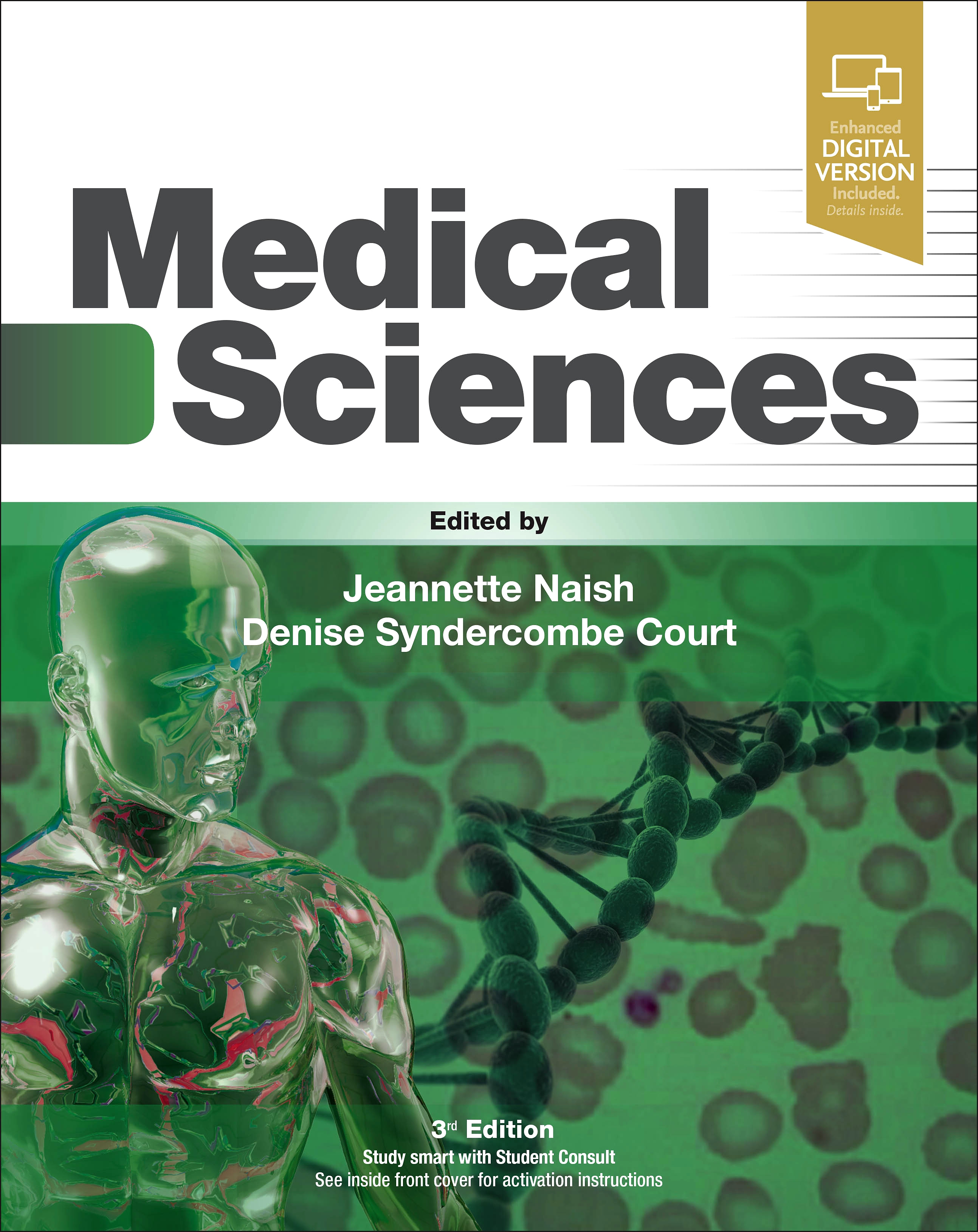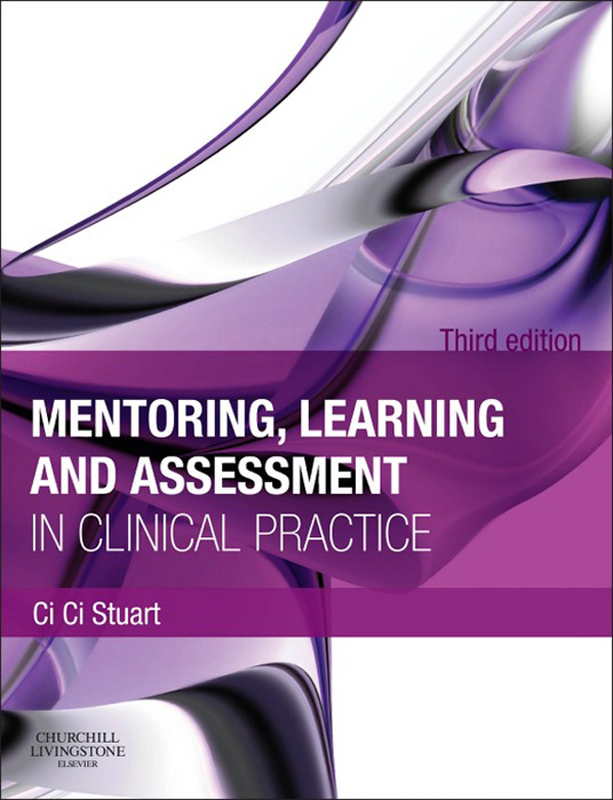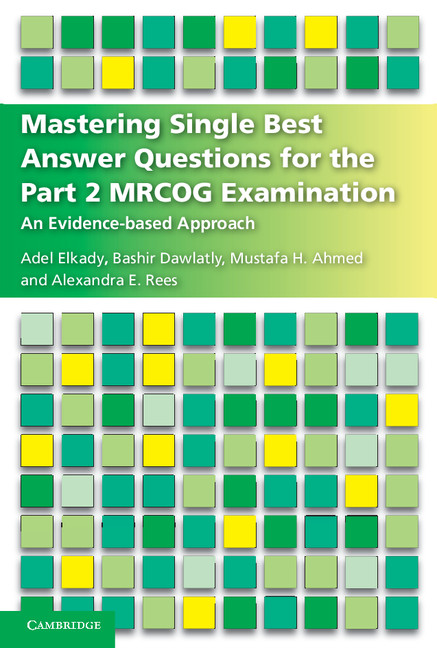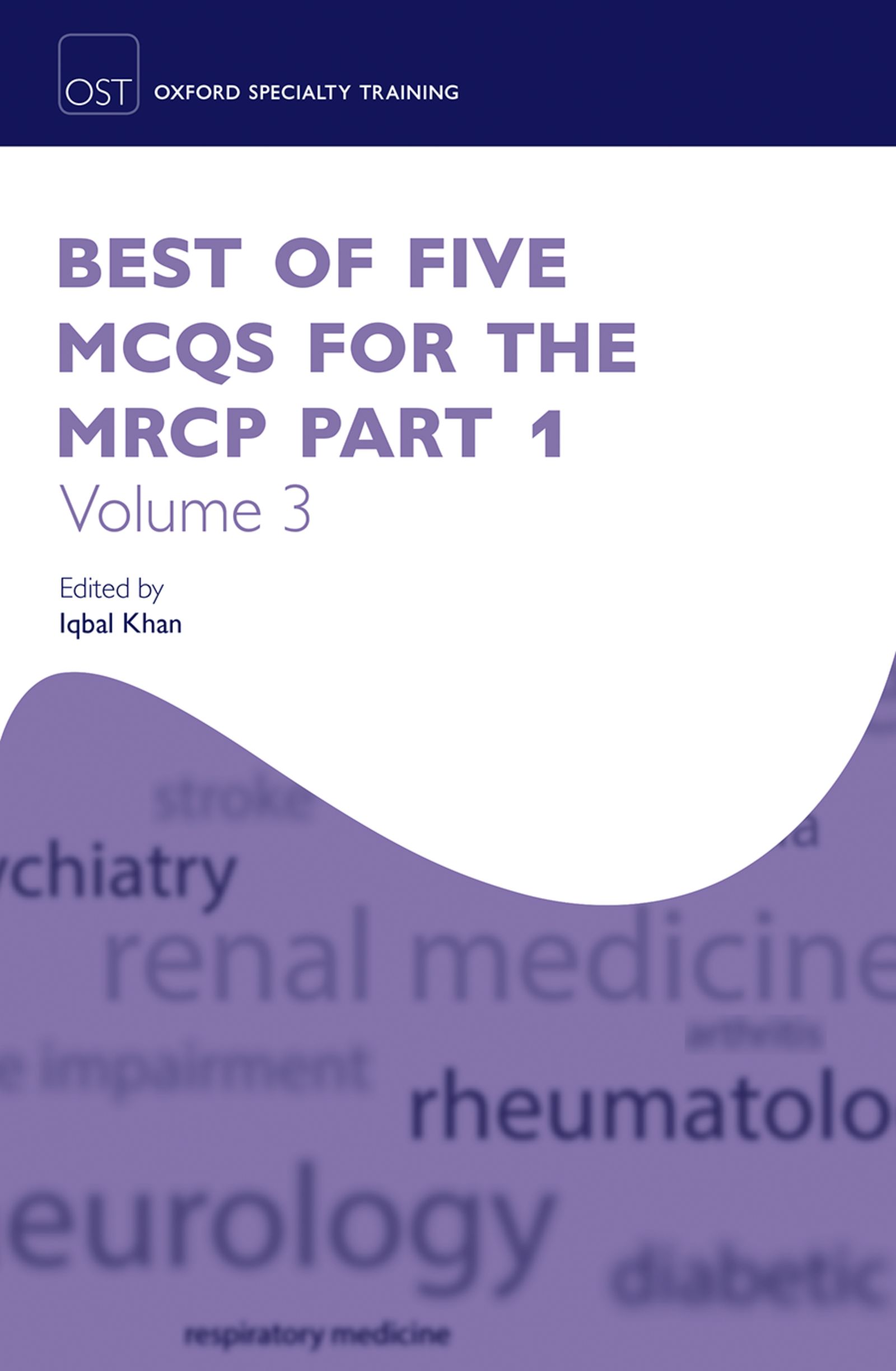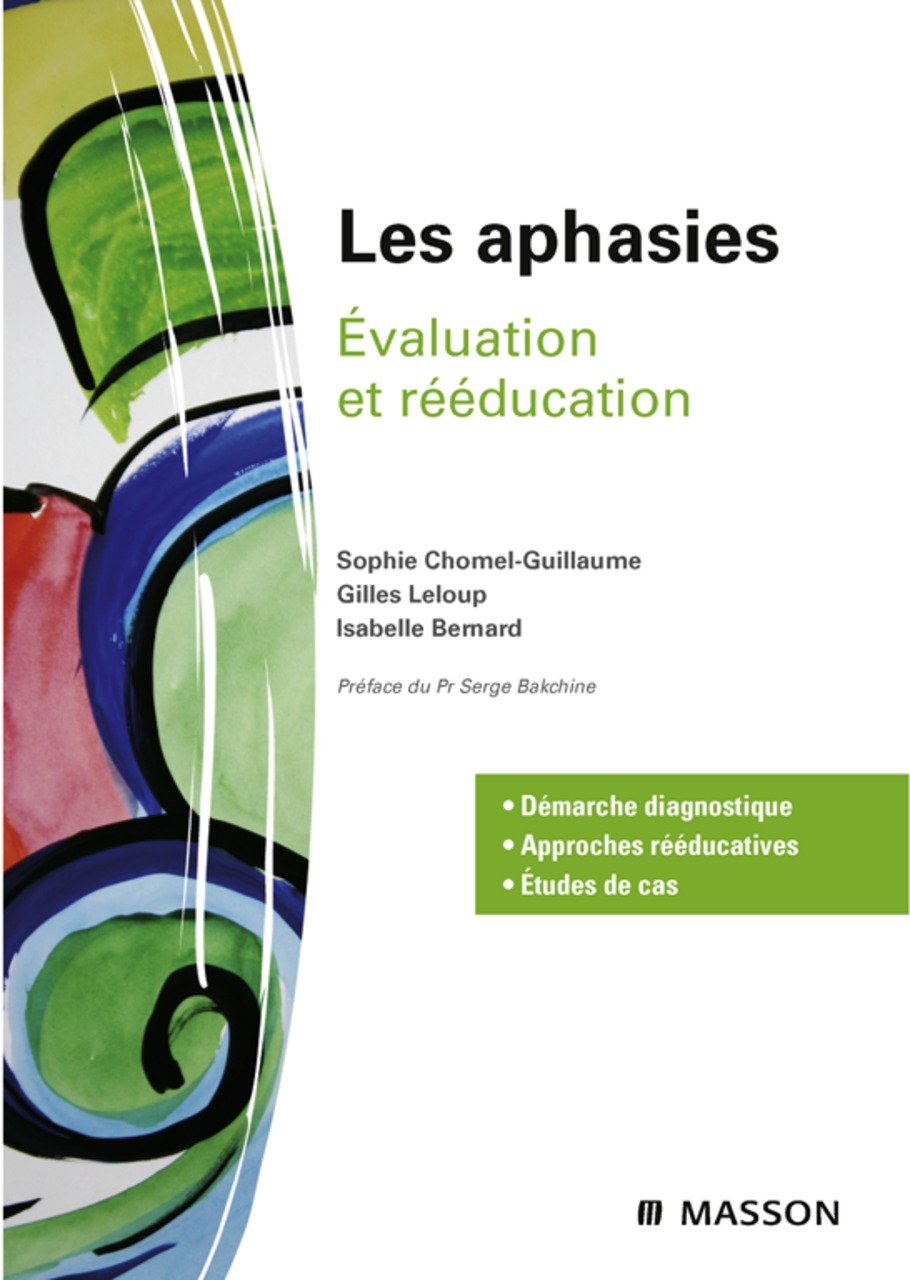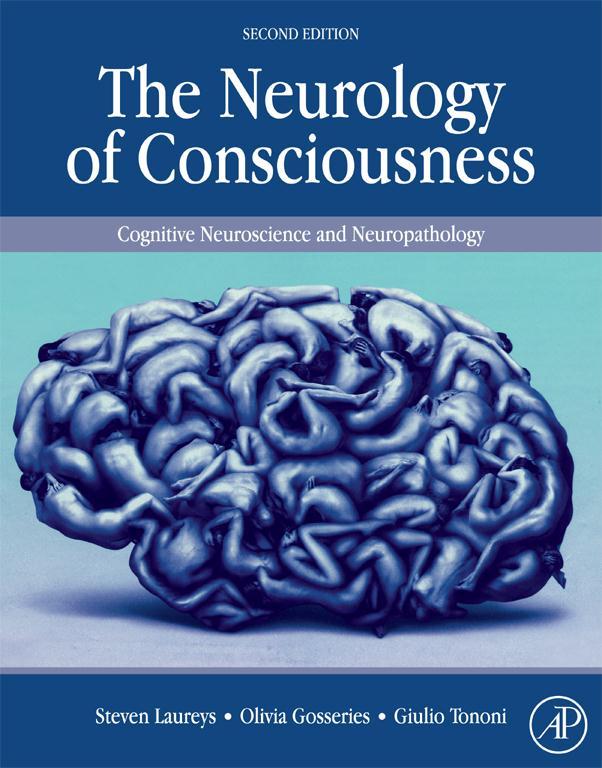Xenotransplantation
by David K.C. Cooper
2020-05-13 17:31:43
This is a time ofexcitement and progress in the field ofxenotransplantation. The work described in this book traces the development of the science of cross-spe cies transplantation, summarizes the current state ofour knowledge, and focuses on a...
Read more
This is a time ofexcitement and progress in the field ofxenotransplantation. The work described in this book traces the development of the science of cross-spe cies transplantation, summarizes the current state ofour knowledge, and focuses on approaches directed toward future clinical application. The important question is not whether xenotransplantation will succeed, but rather how and under what circumstances xenografts will provide predictable enough results to warrant clinical application. The fact that the best results to date in clinical xenografting were achieved over three decades ago should not be a matter of discouragement, but rather a stimulus to apply new approaches to this area of work. The shortage of human organs for transplantation is cited frequently as the driving force behind the increased interest in xenotransplantation. This shortage is an undeniable fact, but there are additional potential advantages of xenotrans plantation, such as the ability to schedule replacement surgery on an elective basis and the modification of animals, organs, and tissues to improve acceptabil ity in the human host. The advances in the basic science ofxenotransplantation outlined in this book give hope that the immunologic barriers to xenotransplantation will be overcome and that transplanted organs and tissues will succeed consistently in humans. However, if our experience with human allografts provides an analogy, we may anticipate that clinical progress in xenografts will be plagued by failures and rewarded by successes, often without a complete understanding of the mechan isms involved.
Less







